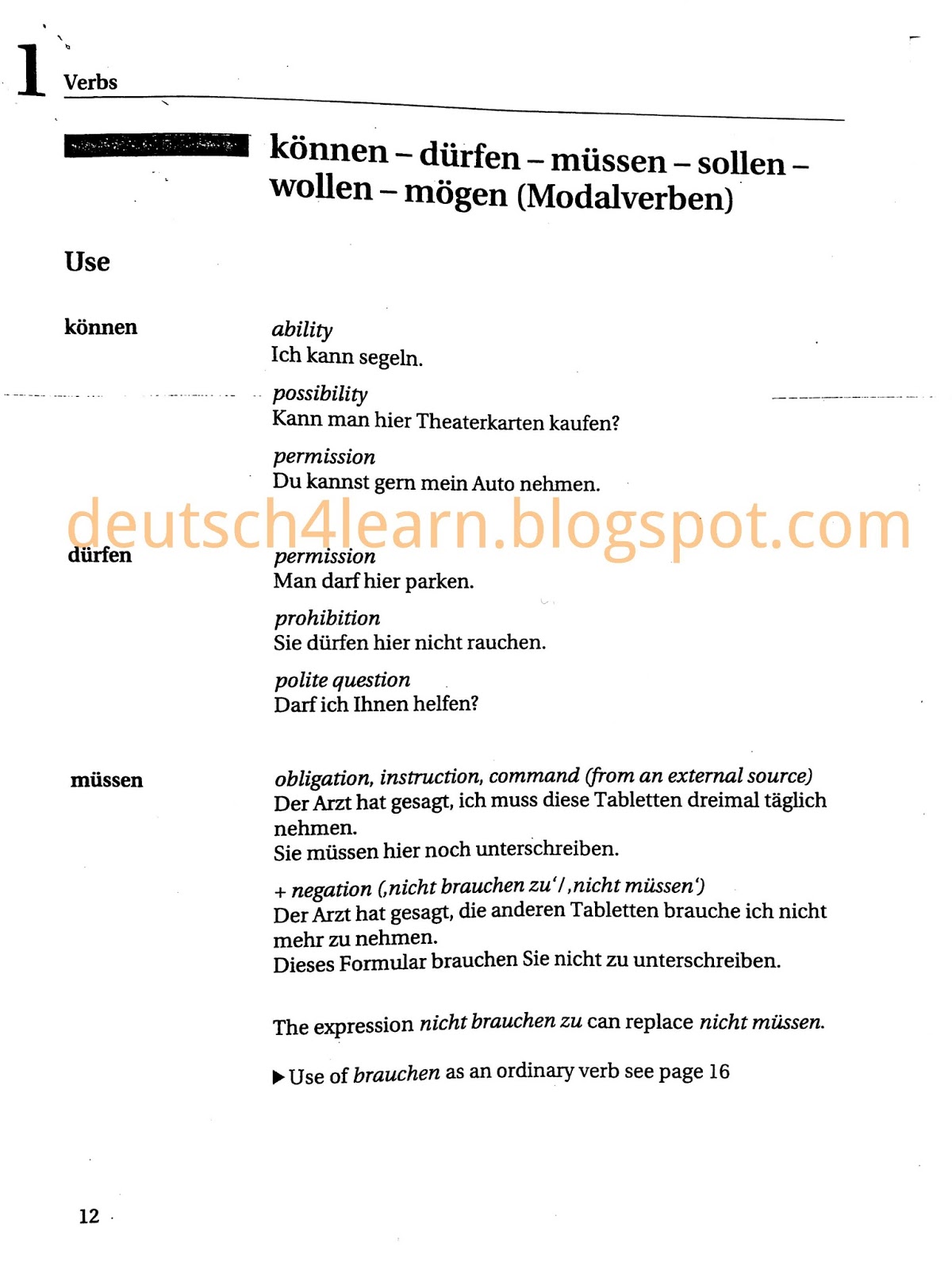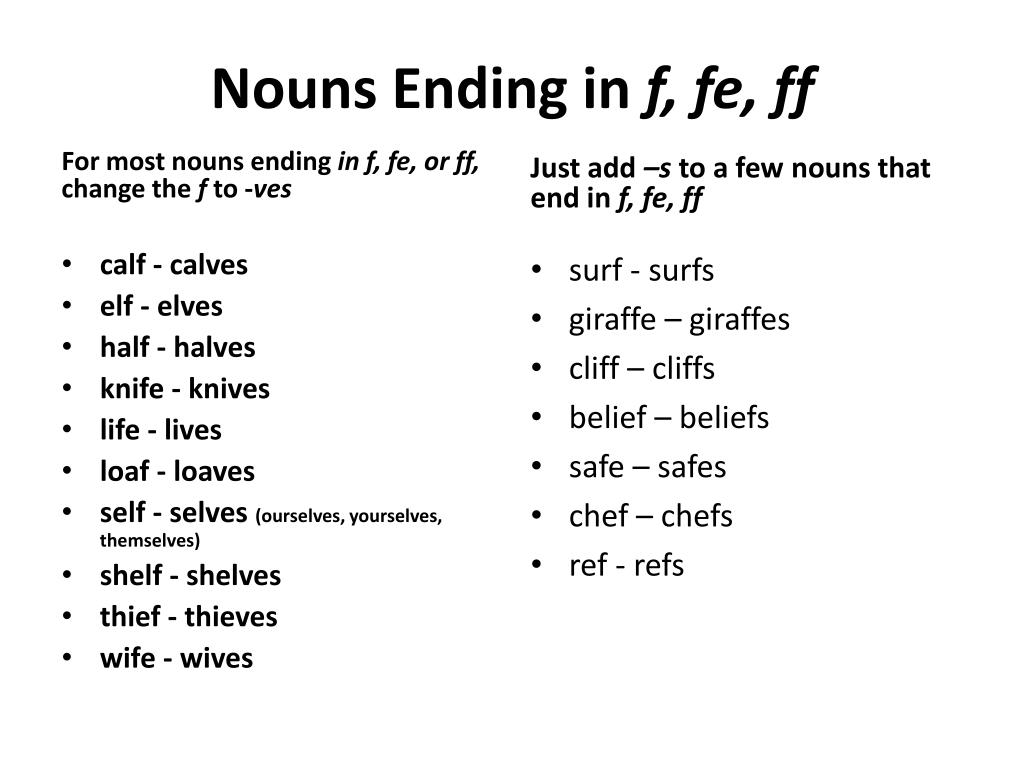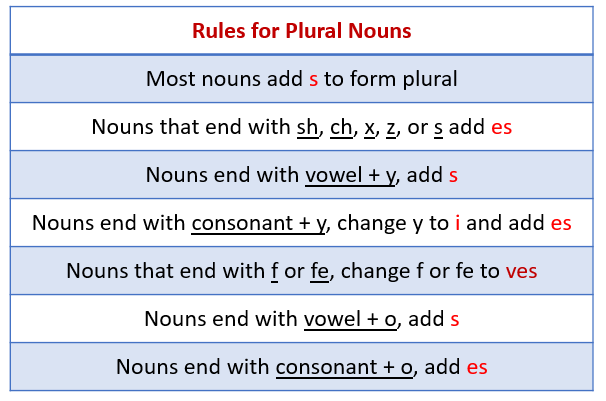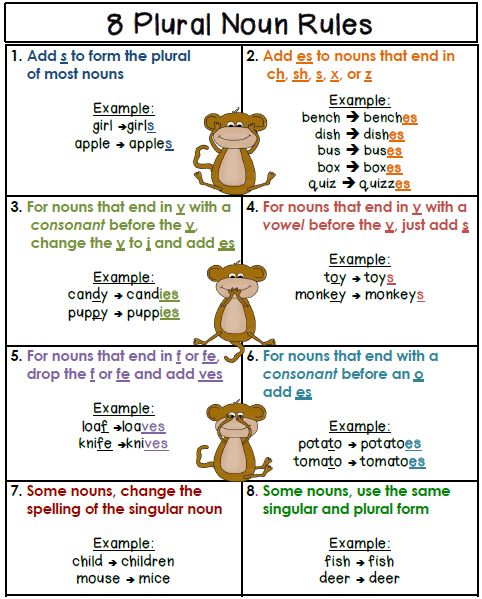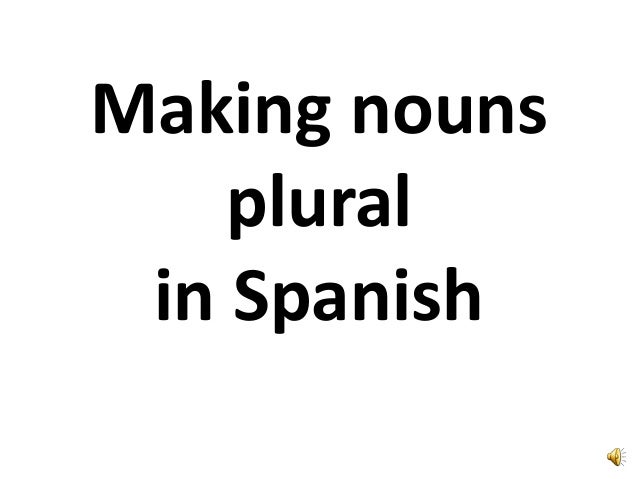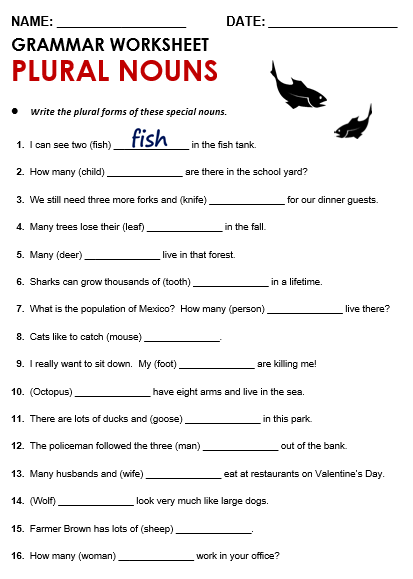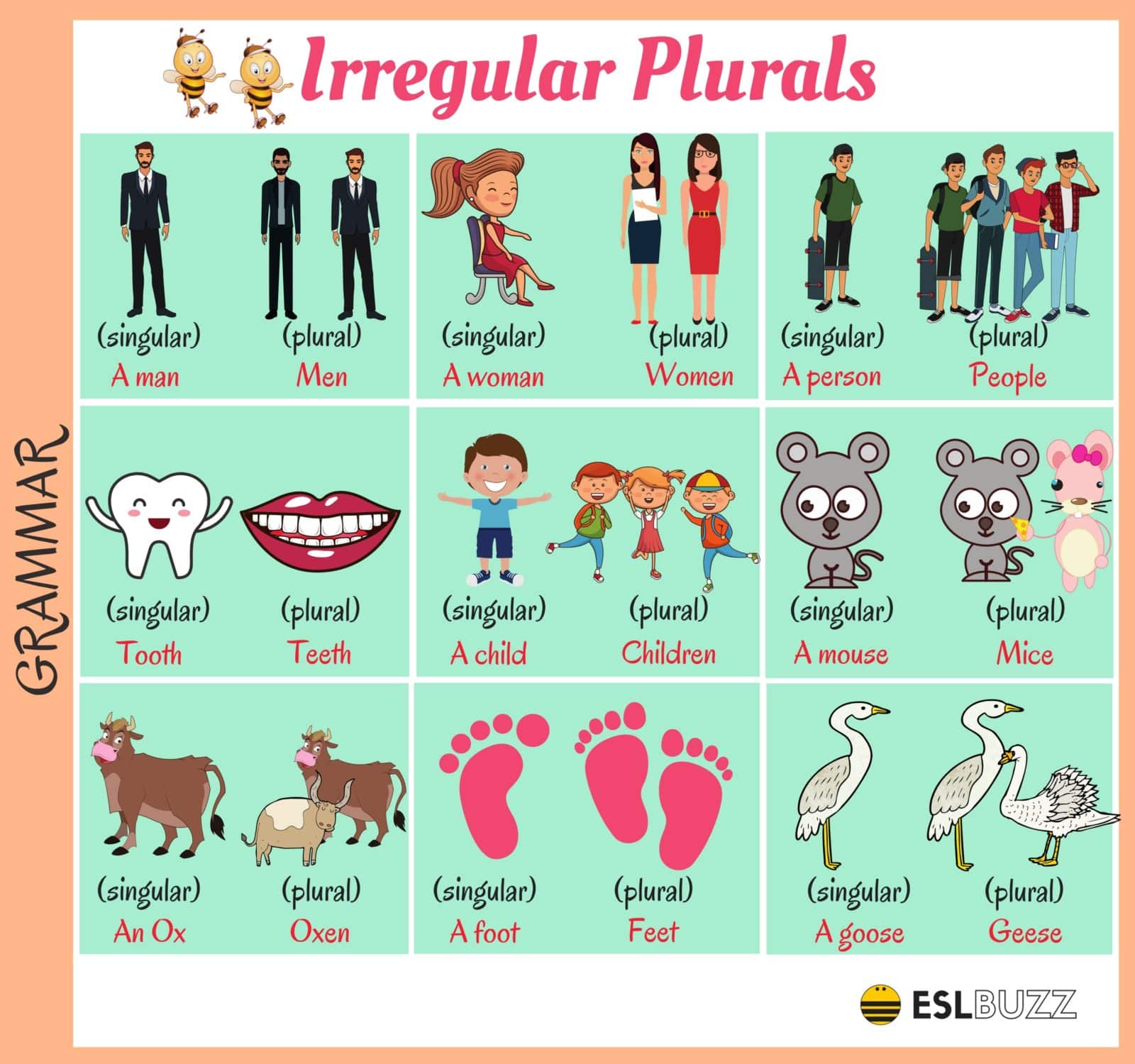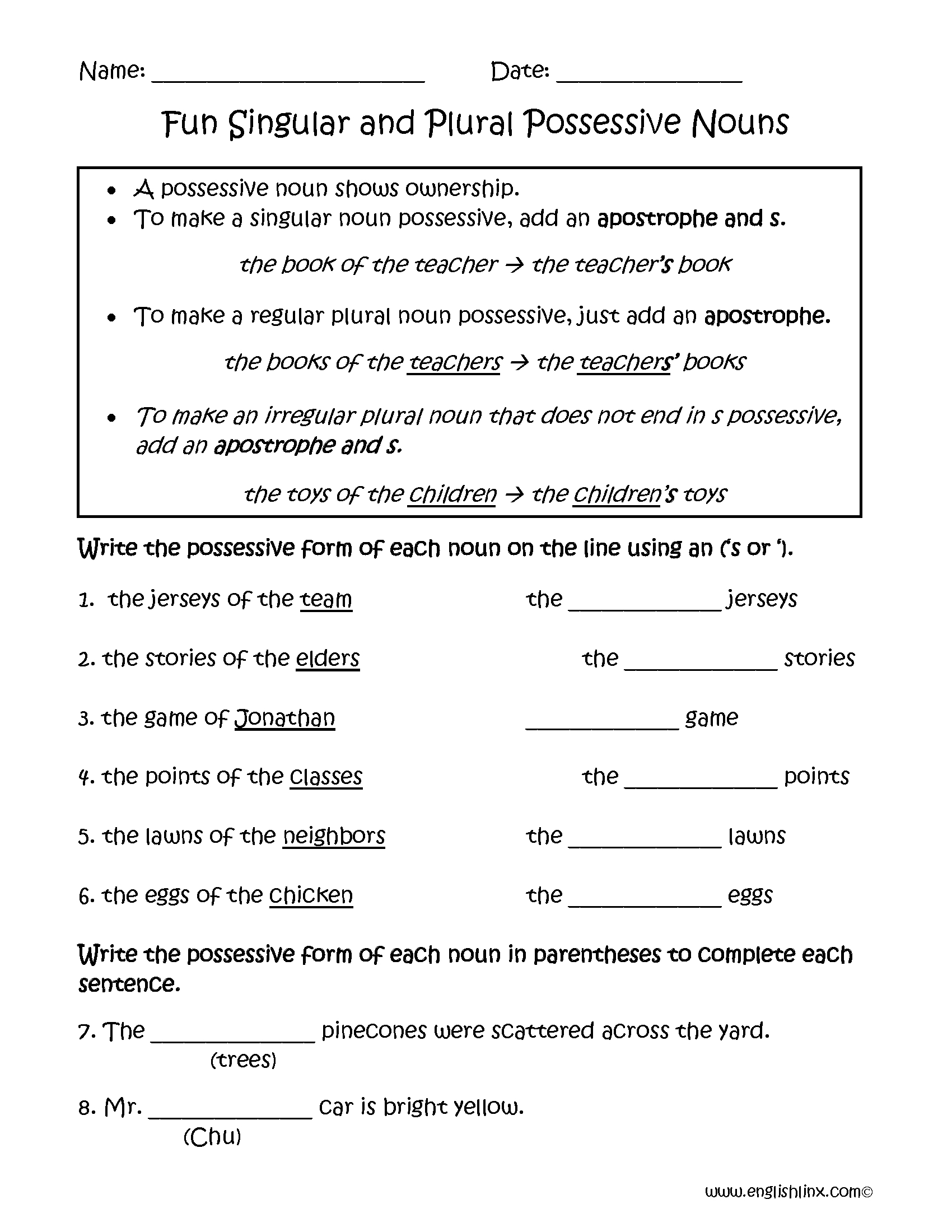When a modal is used with an additional verb in the present perfect tense, a double infinitive construction is used in lieu of the past participle. The perfect tense auxiliary is conjugated to agree with the sentence subject and the infinitive forms of the main verb and modal verb appear together at the end of the sentence. Studying the German language, learners come across modal verbs which can express desire, ability, obligations or probability. In German, we conjugate the modal verb which then retains second position in a main clause. The main verb is added in its infinitive form to the end of the sentence. German has six modal verbs that you should memorize.
They express an attitude about an action or condition described by the main verb. The modal auxiliary is conjugated and placed in the second position of the sentence. The main verb is in the infinitive form and placed at the end of the clause or sentence. (I can buy a ticket.)Kann is the conjugated auxiliary verb and kaufen is the main verb in infinitive form. What the previous examples show is that modal verbs are easy to use since the main verb is in infinitive form at the end of the sentence. The trick to use when speaking is that you need to send your idea of what you would like to say through a grammar filter that is made up of your modal verb and your main verb.
The final step is to work your way through your sentence with the infinitive form of the main verb as your end point in view. Give it a try- you'll see that you'll find it a lot easier to speak in German. The conjugation of modal verbs in German can sometimes be confusing. The singular forms mostly require a stem change. The ich and er, sie, es forms of the modal verbs do not require an ending.
The plural forms of the modal verbs are conjugated normally. In the image below you will see how to conjugate all of the modal verbs in German along with "werden", which is not a modal verb, but is included within this lesson. The conjugation of modal verbs is irregular in the present tense singular, due to the fact that there are no endings in the first and third person.
Pay attention to the vowel change of modal verbs in the plural. The future tense is similarly formed using a double infinitive construction when a modal verb is used. Here, the future tense auxiliary werden is conjugated and the infinitive forms of the main verb and modal verb appear together at the end of the sentence. Compound infinitives can be constructed by the usage of modal verbs or auxiliary verbs. One places a new infinitive behind the main infinitive.
Then this outer infinitive will be conjugated instead of the old inner infinitive. Sometimes one must turn the old infinitive into a passive participle. In the formation of both the present and past perfect tenses of the modal verbs we are introduced to a variation on the "double infinitive" phenomenon. Rather than a past participle, you will see the infinitive form of the modal next to the dependent infinitive. To conjugate modal verbs in the present and simple past, we use the finite form of the modal verb.
However, to conjugate modal verbs in the perfect tense, we use the infinitive form of the modal verb and full verb and the finite form the auxiliary verb. German modal verbs fall under the category of irregular verbs. Modal verbs are conjugated depending on the subject of the sentence, and take the second position.
The other verb is placed at the end of the sentence in its infinitive form. Create the past participle with a form of haben and the infinitive form of können. The main verb will also be in the infinitive form to construct what we call the double infinitive. Place both verbs at the end of the sentence together.
Modal verbs can also be used with dependent verbs that are not in infinitive form, such as to refer to a past event or with a passive-voice dependent verb. Note in these examples the difference in tense between the modal verb and its dependent verb. In the following four examples, the modal verbs are all in present tense, but modal verbs can potentially be used in any tense, independent of the tense of the dependent verb. Watch for those tense differences and adapt your understanding of the meaning accordingly. In all cases, you can count on the dependent verb appearing at the end of the clause and in infinitive form, i.e., not conjugated to match a particular subject. 1 Conjugation of dürfen in German This page shows the conjugation of the verbs dürfen.
5 Conjugation of sollen in German All conjugations of the German irregular verb "sollen" 6 Conjugation of wollen in German This page is about the conjugation of the German modal verb wollen. The first person singular and the third person singular share the same conjugated verb form . Also, as most modal verbs are irregular and come with a shift in the vowels, the "ü" of "müssen" becomes an "u" for the singular persons in the present tense. You should also keep in mind that Germans generally use "müssen" in Präteritum and not in Perfekt.
The category of modal verbs occupies a peculiar place among German verbs. For one thing, their conjugation deviates from other verbs in the language. For another, they normally require the existence of a main verb in infinitive form at the end of a sentence. However, they can be of great help when you want to get your spoken German off the ground. The present subjunctive forms are based on the simple past conjugation.
If the verb has an umlaut in its infinitive then it is added back in the present tense subjunctive conjugations. What this means is that the present tense subjunctive form of 4 of the modal verbs with umlauts is created like that of the other mixed verbs. The subjunctive forms of wollen and sollen are created like that of the weak verbs.
How Many Modal Verbs Are There In German These verbs behave much like an auxiliary verb in that they are typically used in combination with other verbs. The modal verb is conjugated to agree with the subject of the sentence. The other verb is at the end of the sentence in its infinitive form. Now, let's come to another important tense in which we will conjugate some modal verbs in German, the future Tense. By the way, you can see that there is double infinitive structure, as it already occurred in the Perfect tense.
The following table shows the conjugation of modal verbs in the present and simple past tenses as well as the verb conjugation for the past participle and subjunctive II. The modal verbs in German are dürfen (be allowed to/may), können (be able to/can), mögen (to like/may), müssen (to have to/must), sollen (to ought to/should) and wollen . Modal verbs express ability, necessity, obligation, permission or possibility.
In order to read or download modal verbs of ability and permission exercise at auto english pdf ebook, you need to create a FREE account. Amodal verbis a type of auxiliary verb that "modifies" or gives more information about the function of the main verb that follows. In a sentence, the modal verb has to be followed by a verb in its infinitive form – most times, the sentence wouldn't make sense without the main verb. Usually the auxiliary sein is used with intransitive verbs which indicate a movement, a change of state or place in the German language. It can also be used in front of verbs that express an event.
For these verbs, the auxiliary verbs sein and haben cannot be swapped to form compound conjugation tenses in German. Why should you care that "möchten" is a form of "mögen"? Well, the main reasons are that you don't want to get confused when you learn "möchten" is conjugated a bit differently from the rest of the modal verbs.
It also explains why there is no past tense of "möchten". All of the other verb tenses are compound tenses, i.e. they employ a helping verb in addition to the modal verb. In these tenses, a helping verb is the finite verb in the 2nd position in the sentence and the modal verb is relegated to a place at or near the end of the sentence. In the perfect tenses, the helping verb for all modal verbs is haben. The simple past tense of modal verbs is frequently used to avoid the double infinitive construction in the present perfect tense. Use the helping verb haben to form the past participle of modal verbs.
In this tense, the helping verb comes first, followed by the main verb, and finally, the infinitive modal verb comes at the end. In the examples below, note how the modal verb is conjugated, but the main verb is in its original, or infinitive form. This is an important fact to remember when conjugating modal verbs in other tenses. If you find yourself inserting zu because the English equivalent translates with a "to," double-check that the "to" is not attached to an infinitive. If it's part of an infinitive, chances are the "to" is encompassed in that infinitive form. If you use an auxiliary verb, then it has to go to the second position in the sentence.
The modal verb and the normal verb are used together at the end of the sentence but both of them have to be used in the infinitive. The normal verbs comes first, and the modal verb takes the last position in the sentence. Knowing the German past perfect will help you here, because you then already know where to put the verbs and you will just have to adjust the conjugation of the verbs. As I mentioned above, the first thing we need to clarify is the conjugation of the modal verbs and of course their exact translation.
What all modal verbs have in common is that the first and third person singular share the same ending. There is only one tense where all verbs share this conjugation and that is the Präteritum or imperfect tense in German. Auxiliary use - You can only use modal verbs as auxiliary verbs, in order to modify the meaning of the main verb. Remember that the simple past is most often used in written German. The past participle is more common in spoken German. Use a conjugated form of haben, then the main verb, and finally the infinitive müssen at the end.
Finally, we have come to the end of this article about modal verbs. Hopefully, I could help you to get the basics of this part of German grammar. Of course, the German language can be difficult and, sometimes, even boring. But once you are into it, things will become a lot easier for you. And by the way… learning German is a low price to pay for entering a German-speaking world with all its culture and other beautiful things.
In case you want to practice modal verbs in German, I can just recommend this website, where you can find some useful problems to solve. In case you want to know more about these two German verbs, just have a look at this article about to have & to be in German. By the way, all modal verbs use "haben"as their helping verb.
Well, as you could see, model verbs in German are related to the main verb. So, in this case, the modal verb in German is "kann, will, muss" and the main verb of the sentence is "spielen". Actually, you could imagine the modal verbs as a kind of helping verb. But it is important that you don't mix up this kind of helping verbs with others like "haben" and "sein" as they are from a different kind. In German as well as in the English language, there are a group of verbs named modal verbs or modal auxiliaries. Modal verbs give more information about the main verb in a sentence.
They describe the main verb in a range of possibility to necessity . Therefore, the content of the sentence changes, if you are switching the modal verbs.There are six modal auxiliaries in the German language. Modal verbs serve an auxiliary function to give information about a main verb which they govern and which are used in the infinitive. Modals convey modality ranging from possibility to necessity. They can propose that something is true or not, express permission and duty of doing something and talk about the willingness or likelihood of the subject doing something.
In the present tense, they use the preterite endings of the strong verbs. In the past tense, they use the preterite endings of the weak verbs. In addition, most modal verbs have a change of vowel in the singular.
When you use a modal verb together with another verb, you need to figure out what to do with both verbs within the sentence. Conjugate the modal verb into whatever form you need. Then push the other verb to the end of the sentence in its infinitive form.
The infinitive form of a verb is the version that you see in the dictionary. It is kind of the base form of the verb before any changes are made to it so it fits with the subject and tense. Sollen is the most regular of all the modal verbs.
Notice how there is no vowel change in any of the conjugated forms. Luckily, the "ich" and "er/sie/es" forms are exactly the same. This holds true for every modal verb, so keep that in mind as you memorize these conjugations! Now, let's have a look at the forms of modal verbs in German in past tense. The conversational past tense—also known as Perfekt—is formed using haben or sein as a helping verb, and then including the past participle of the modal at the end of the sentence.
All modal verbs use haben as their helping verb. The modal verb in its infinitive form mögen generally means "to like" and this is the meaning you express if you conjugate it with a -g- in its root. The verb "müssen" is part of the modal auxiliary verb group. This means that if you use the verb "müssen," you always need to add a second verb to your sentence because otherwise, it is grammatically wrong. However, when talking, people tend to use modal verbs without a second verb, but you should never (!) do that when writing or trying to pass a German exam because it is a mistake.
As we have already learned in the A1 course in chapter 11, the Präteritum is used almost exclusively for the past in written language, e.g. in novels, newspaper articles and reports. Exceptions are the Präteritum forms of "to be", "to have" and modal verbs, whose forms you will get to know below. The order of the verbs is the same as it is in a normal sentence with auxiliary verbs and modal verbs. Firstly, you use the auxiliary verb, then the normal verb and lastly you use the modal verb. All the special verbs except for sollen change their stem-vowel for ich, du and er/sie/es.










